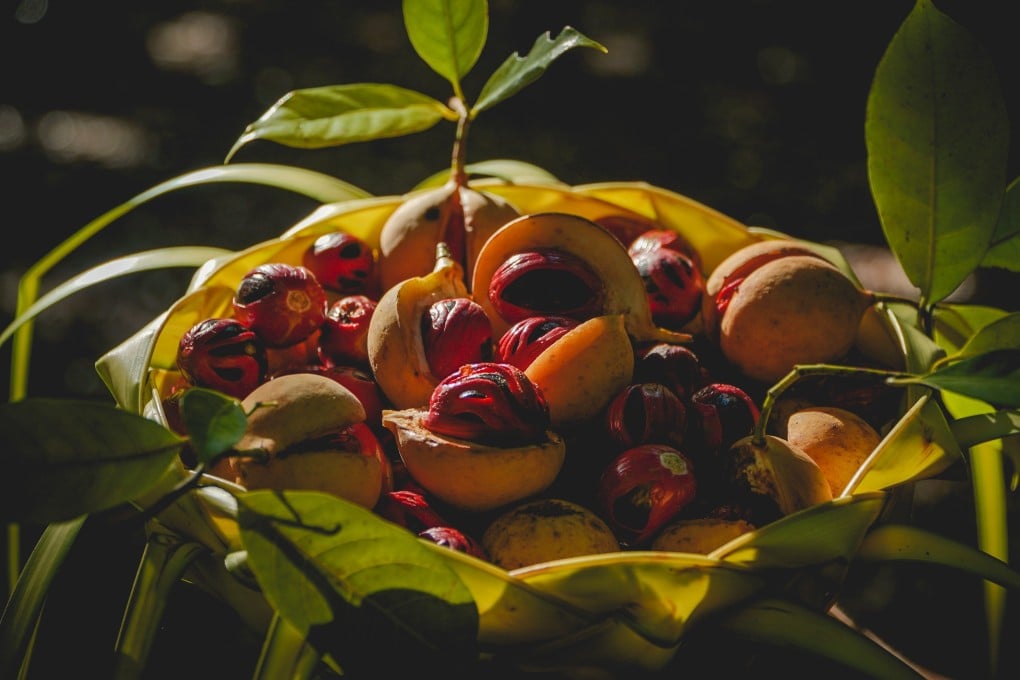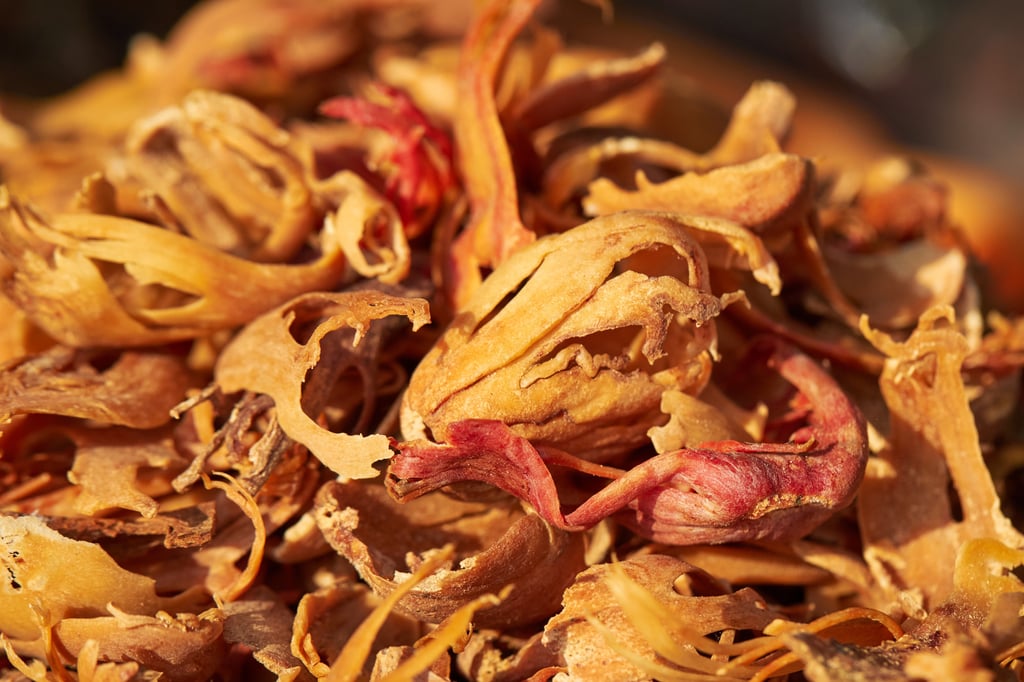What is mace? All about nutmeg’s lesser known twin, how cooks use it and a recipe idea
From the same fruit as nutmeg, mace is harder to grate but goes similarly well in cakes and milk-based dishes. It can also be used in stews

I am not sure why mace is not as well known as its twin, nutmeg. The two spices come from the fruit of the Myristica fragrans tree – mace is the seed coating and nutmeg the seed.
But while nutmeg is quite common – which cook, after all, does not have a nutmeg in the spice cupboard for grating onto eggnog or adding to a béchamel sauce? – mace is not.
The two spices are prised together out of the fruit, and the mace, which tightly surrounds the nutmeg, is removed.
When processed, nutmeg is a hard kernel that is easy to grate. The thin, delicate piece of mace remains flexible and leathery, which makes it hard to grate – I have tried without success to use a rasp grater, a hand-cranked spice grinder and an electric grinder.

If you are not using the mace whole, in stews or braised dishes, it is better to buy ground mace and store it in an airtight jar in the freezer. As with all pre-ground spices, the flavour and fragrance will fade over time.
Mace is used in alternative medicine, to treat digestive disorders, insomnia and anxiety. Like nutmeg, mace goes well in milk-based dishes.